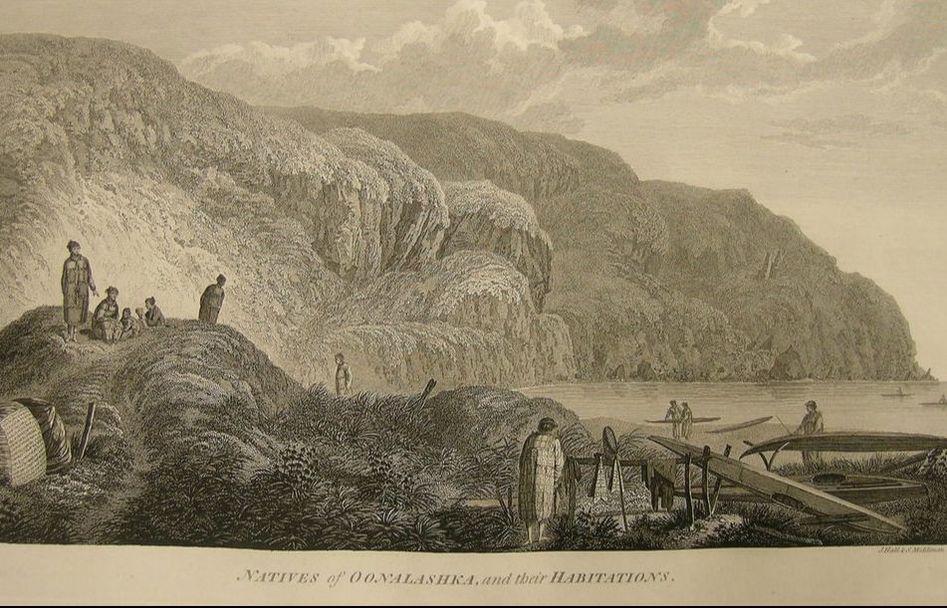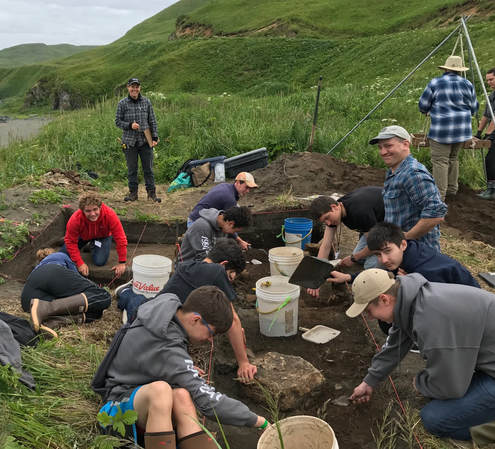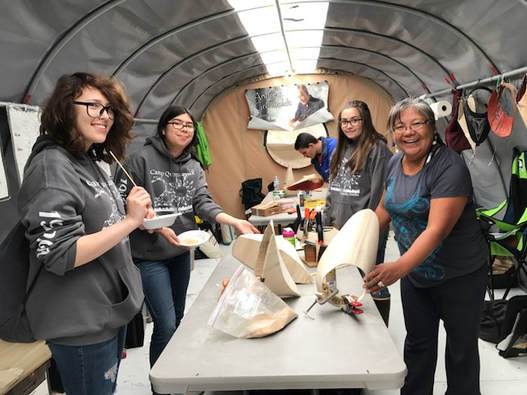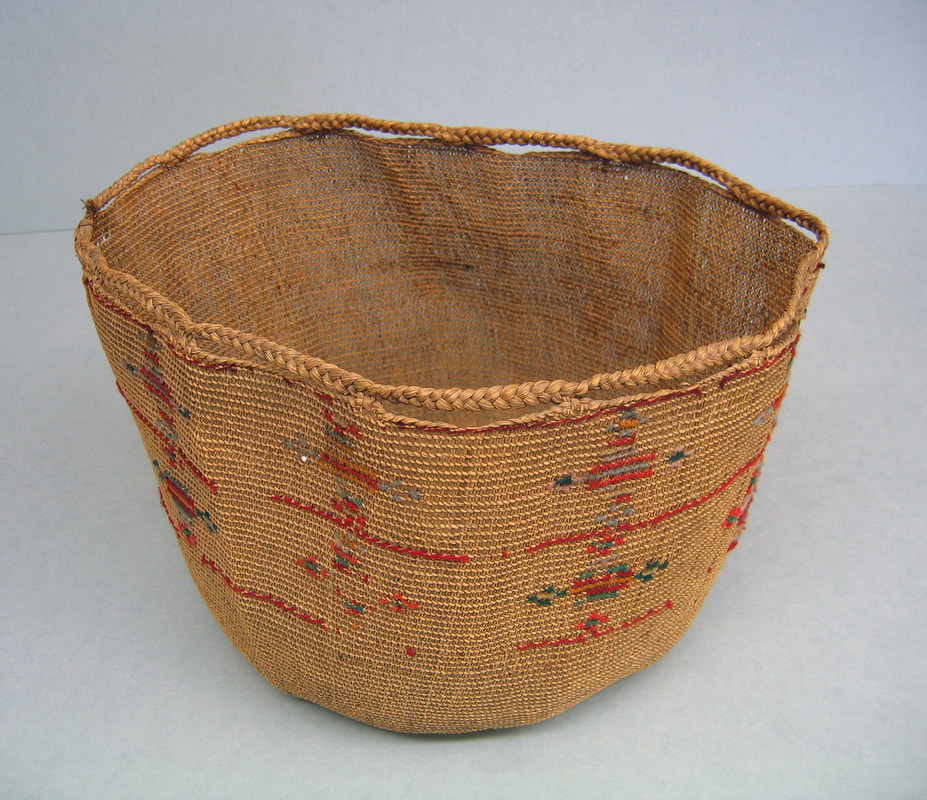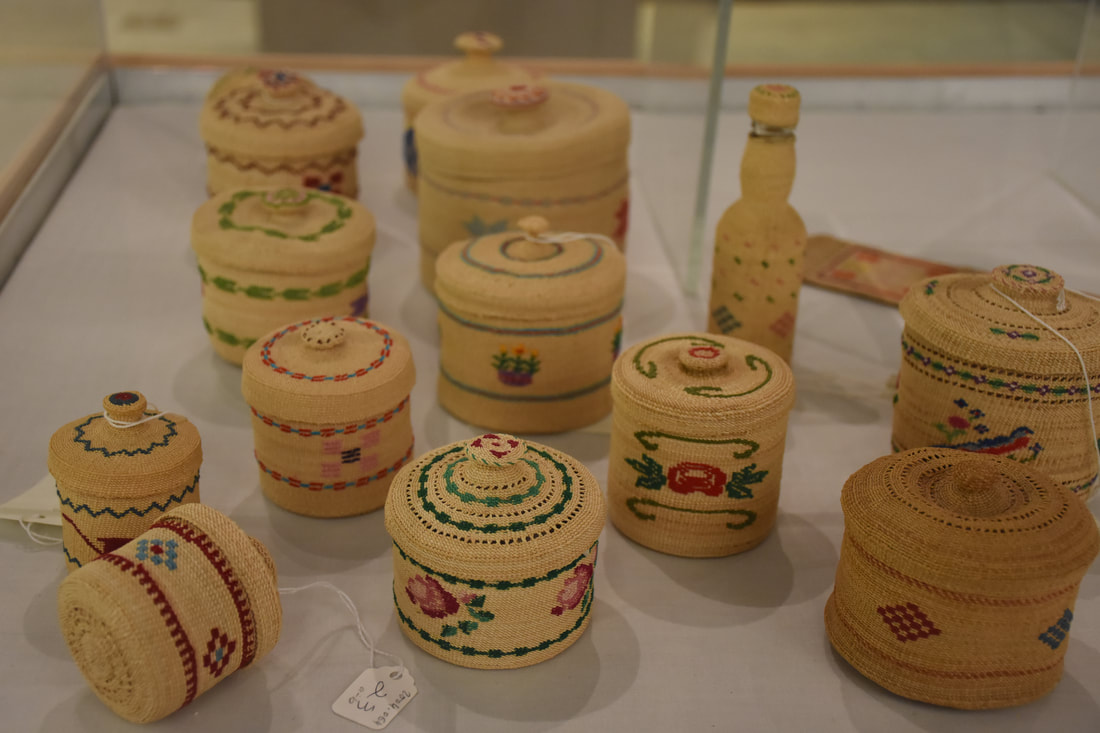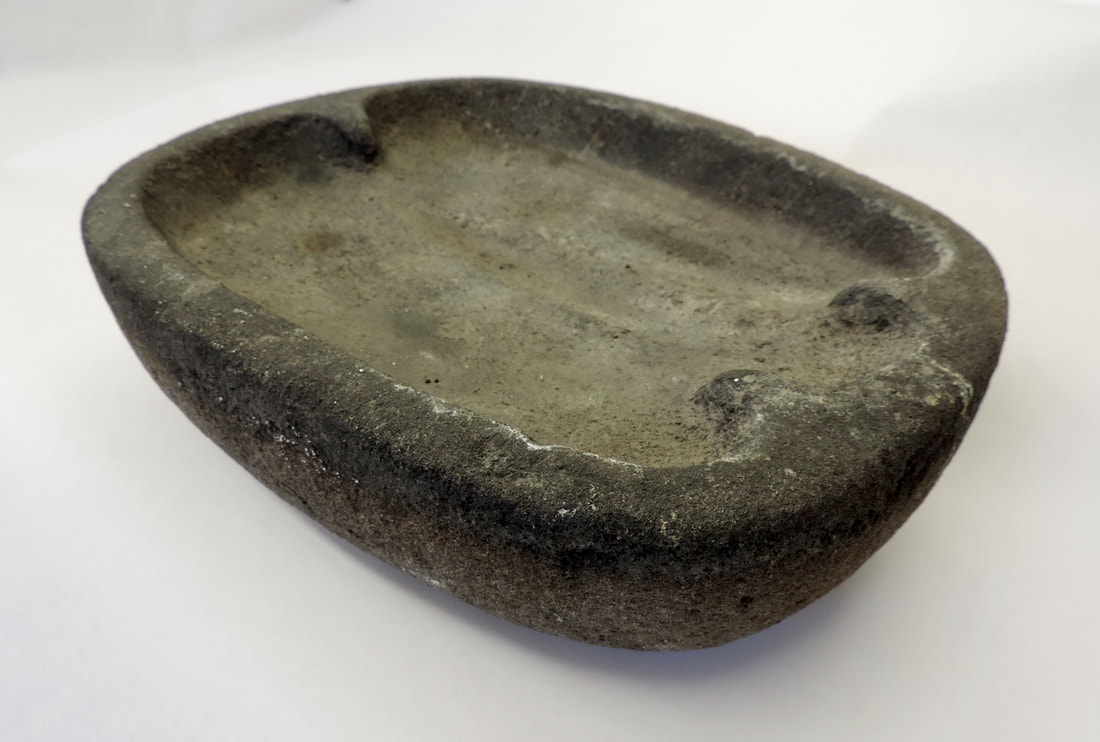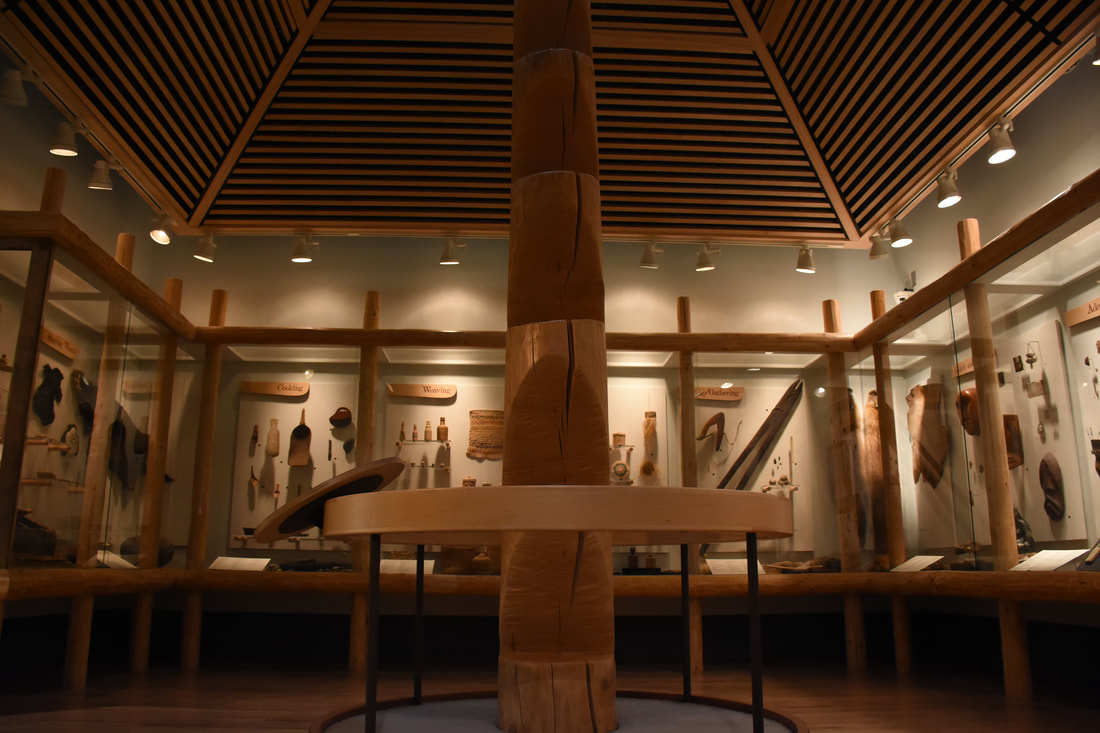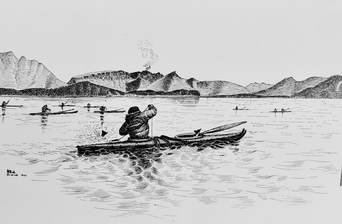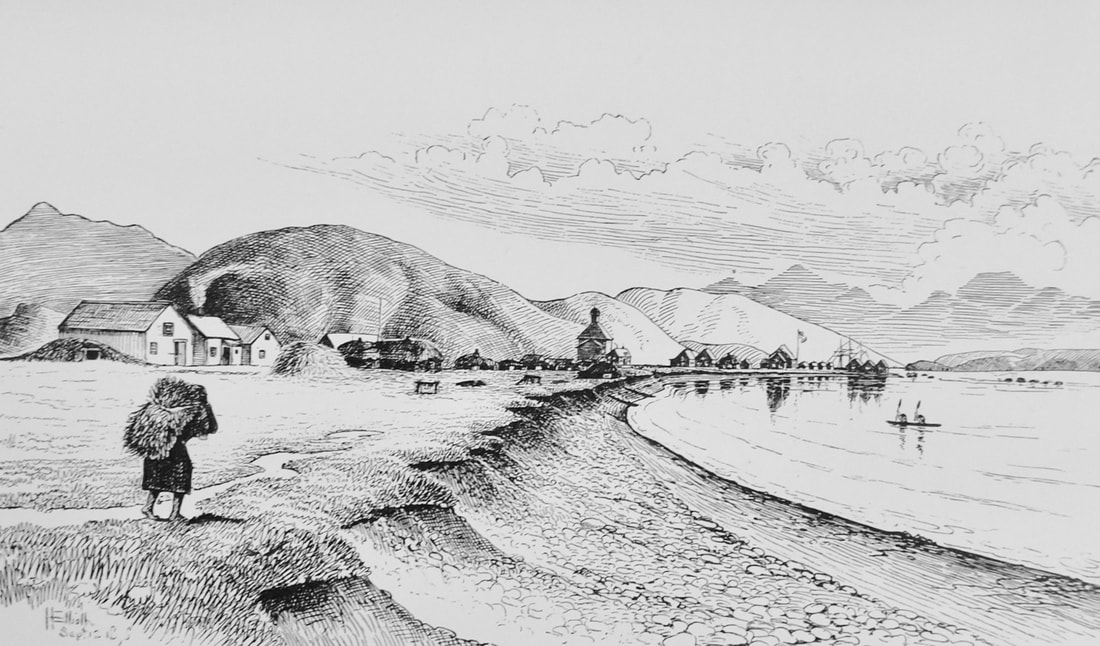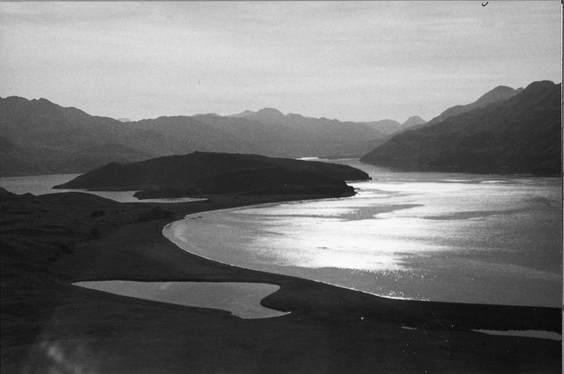
The indigenous people of Unalaska are the Unangan (commonly known as Aleuts). Archaeologists have found evidence that people have lived on the Aleutian Islands for at least 9,000 years.
For more information on the cultural history of Unalaska, please visit
The Museum of the Aleutians.
MOTA opened its doors in 1999 with the mission to to collect, preserve, and share the rich cultural legacy of the Aleutian Islands Region. The museum's diverse collections include archaeological material that documents 9000 years of human presence in the region, artifacts from the Russian colonial period, photos and materials from the early American era, and military items and photographs from WWII in the Aleutians. Many of these items are on display in MOTA’s recently remodeled permanent gallery and Special Collections Room, while the changing gallery hosts a range of temporary exhibits.
MOTA and visiting archaeologists continue to excavate and document the rich history of the region.
For more information, please visit the MOTA website at www.aleutians.org/ or call 907-581-5150.
Top drawing: English Bay on Unalaska Island around 1778. Drawing by John Webber, who was part of Captain Cook's voyage of exploration.
Courtesy of MOTA.
Top photo: Pre-WWII view of Amaknak Island from a point on Ballyhoo, courtesy of MOTA. There are at least 25 known prehistoric village sites within a 2-mile radius of the current airport.
For more information on the cultural history of Unalaska, please visit
The Museum of the Aleutians.
MOTA opened its doors in 1999 with the mission to to collect, preserve, and share the rich cultural legacy of the Aleutian Islands Region. The museum's diverse collections include archaeological material that documents 9000 years of human presence in the region, artifacts from the Russian colonial period, photos and materials from the early American era, and military items and photographs from WWII in the Aleutians. Many of these items are on display in MOTA’s recently remodeled permanent gallery and Special Collections Room, while the changing gallery hosts a range of temporary exhibits.
MOTA and visiting archaeologists continue to excavate and document the rich history of the region.
For more information, please visit the MOTA website at www.aleutians.org/ or call 907-581-5150.
Top drawing: English Bay on Unalaska Island around 1778. Drawing by John Webber, who was part of Captain Cook's voyage of exploration.
Courtesy of MOTA.
Top photo: Pre-WWII view of Amaknak Island from a point on Ballyhoo, courtesy of MOTA. There are at least 25 known prehistoric village sites within a 2-mile radius of the current airport.
|
Above: Unangan fish basket, late 19th or early 20th century, courtesy of MOTA, 2004.006.001
Below: Small handwoven traditional baskets in the MOTA collection. |
Above: Marine mammal oil lamp, from site in Unalaska Bay, anonymous donor, courtesy of MOTA, 1999.800.003
Below: Interior shot from MOTA, exhibition room in shape evoking early dwellings known as barabara. |
Drawings by Henry W. Elliot, late 1800s.
Above: Kayaker in Unalaska Bay; Below: View toward Unalaska village. |

